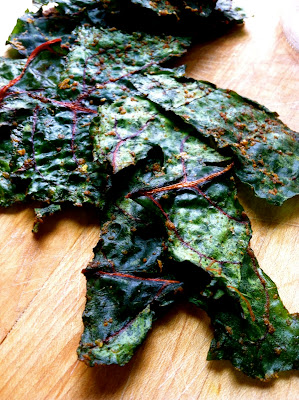cooking without heat?
yes please.
Vegan Fresh Summer Rolls
and
Spicy Peanut Dipping Sauce
 |
Vegan fresh rolls and peanut dipping sauce. Summer perfection.
|
Fresh summer rolls and peanut dipping sauce: quite possibly the most perfect warm weather food in existence. Delicately elegant, sure to impress, yet light on the labor and absolutely no cooking required. What's not to love? They look a wee bit difficult, but throwing these together is a snap once you surrender to the rhythm of it. The rice paper may seem intimidating at first, but you will quickly learn by feel when they are soft enough to be filled. There's a bit of a learning curve for forming the rolls, so don't get discouraged if you make a few that are less-than-perfect at the start. When shopping for wrappers, be sure to check ingredients, as many can contain a disturbing amount of sodium per serving. I use wrappers that are a blend of tapioca and rice starch with no added salt. You can use any type of lettuce (romaine for a crispier texture, mustard greens for a little spice, butter lettuce for a more delicate texture) so be adventurous! The peanut sauce can be whipped up quickly on the day-of but also keeps quite well in the fridge, if you're the planning ahead type.
 |
Rice paper fresh roll stuffed with greens, jicama, carrots,
mango, thai basil and mint.
|
 |
Rice paper wrappers, pre-soaking.
|
Fresh Summer Rolls
(makes 10 rolls)
10 sheets of rice paper wrappers
1 small jicama (about 1lb), peeled and cut into matchsticks
3 medium carrots, shredded or matchstickecd
1 large mango, peeled and cut into 1/4" strips
1 bunch of lettuce or mixed greens (about 4 cups)
torn or shredded
1/2c of Thai Basil, shredded
2-3 fresh mint leaves, shredded (optional)
 |
Rice paper wrapper filled and ready for rolling.
|
Vegan Peanut Dipping Sauce
1/2c creamy peanut butter
1/4c light coconut milk
1/4c water
1/2 lime, juiced
2Tbsp tamari (GF) or soy sauce
1Tbsp brown sugar
2tsp chili sauce
For the peanut sauce:
Combine all ingredients in a medium sized bowl and whisk until well combined.
Can be made a day or two ahead of time and stored in the fridge until needed.
For the spring rolls:
Prepare a work surface that is large enough to accommodate a rice paper wrapper, a cutting board works nicely.
Lay out fillings on a large plate next to your work area.
Fill a pie plate or baking pan with warm water.
Dip a rice paper wrapper into the water and soak until pliable, about 20 seconds.
Remove from the water and spread onto work surface.
Try to smooth the wrapper out as much as possible, a few wrinkles are ok.
Place a small handful of shredded greens in a lengthwise in the center of the wrapper (see above photo).
Top greens with a few pieces of jicama, a few carrot shreds, some mango slices
and a sprinkling of basil and mint.
Fold the top of the wrapper down over the filling,
fold the bottom of the wrapper up in the same way.
Grab the excess wrapper on one side and roll it towards the center, like a burrito.
Repeat with remainder of the rice paper wrappers.
Serve with peanut dipping sauce on the side.
To store spring rolls, wrap individually in parchment paper or plastic wrap
and store in a ziplock.
Will keep for 1-2 days in the fridge but are best enjoyed IMMEDIATELY!




















